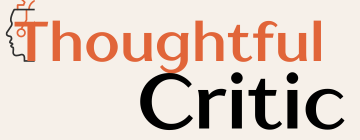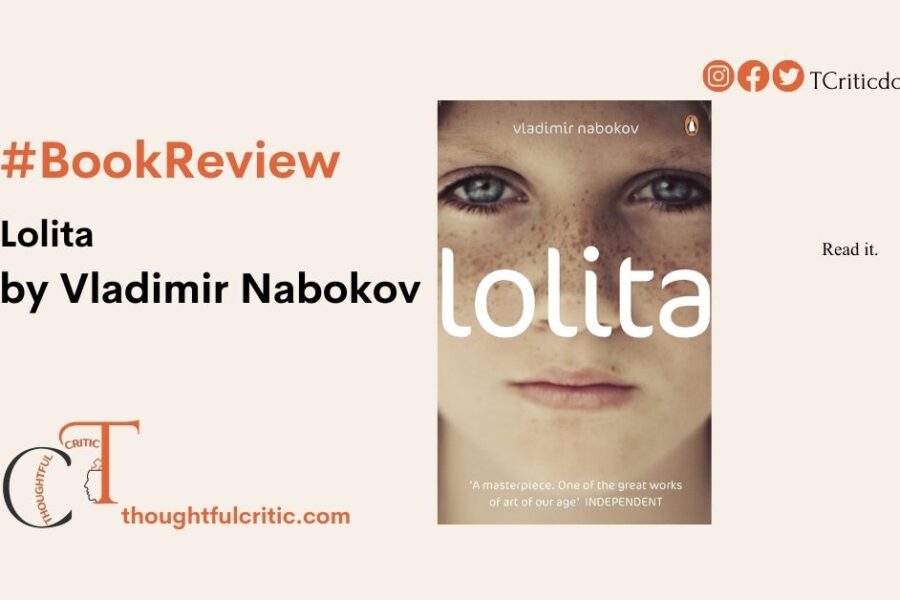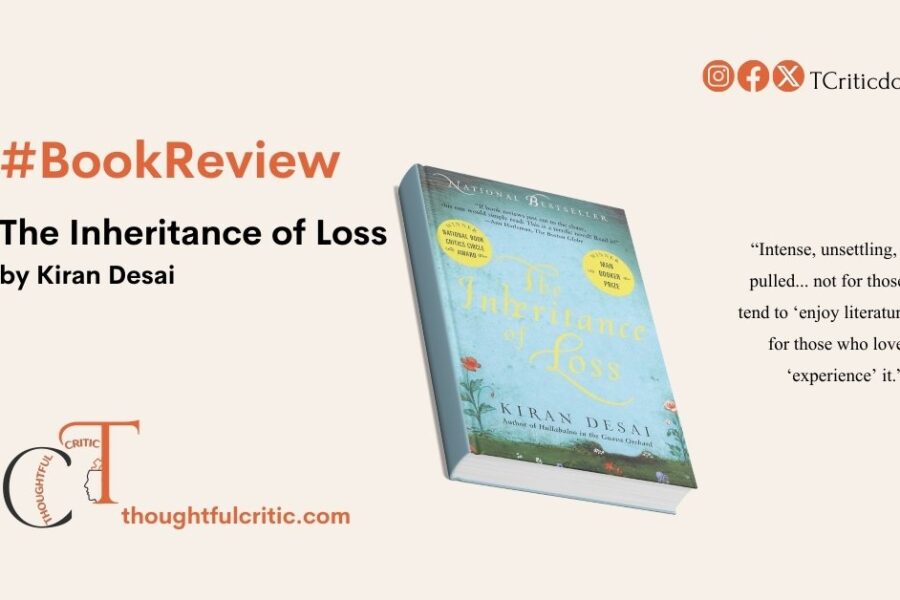In the pantheon of literary masterpieces, where the shadows of timeless works unfurl like pages of a cherished manuscript, The Picture of Dorian Gray by Oscar Wilde occupies a place of paramount significance. This novel, an exploration of the intertwining facets of beauty, morality, and corruption, emerges as a profound reflection on the human condition itself.
Wilde’s narrative mastery comes to life within the pages of this opulent tapestry. The story revolves around the enigmatic Dorian Gray, a young man of exceptional physical beauty whose portrait, painted by the talented artist Basil Hallward, captures not only his visage but his essence. In a Faustian twist, Dorian’s portrait becomes the vessel of his moral decay and age, while his appearance remains perpetually untouched by the passage of time. The dichotomy between inner corruption and outward allure becomes a leitmotif that threads its way through every page, evoking meditations on vanity, temptation, and the fragile nature of human desires.
In this book review article, we will explore various aspects of the novel. Let us begin with a brief summary first. It should make things clear to readers who haven’t read the novel. However, this review may serve those the best who may have gone through the novel once – leisurely or seriously.
Summary of The Picture of Dorian Gray:
The Picture of Dorian Gray by Oscar Wilde unveils a captivating tale centred around Dorian Gray, a young man of striking beauty whose portrait is painted by the talented artist Basil Hallward. Under the influence of the hedonistic Lord Henry Wotton, Dorian becomes entranced by a life of indulgence and pleasure. As Dorian’s actions grow increasingly immoral and corrupt, his portrait ages and reflects his inner decay, while his own appearance remains untouched by time. The narrative delves into the interplay between Dorian, the embodiment of vanity and desire, Basil, the artist caught between moral principles and artistic admiration, and Lord Henry, the seductive catalyst of Dorian’s moral downfall. The novel’s plot unravels as a cautionary exploration of the consequences of unchecked hedonism and the complex relationship between appearance and morality.
Critical Opinions & an Eventual Review of the Novel (for serious readers):
Within the novel’s elaborate tapestry, a tapestry woven with ornate prose and keen social commentary, Wilde engages in an incisive exploration of the duality of human nature. Dorian’s downward spiral into debauchery and moral dissolution serve as both a cautionary tale and a mirror held up to society’s obsession with appearances. It is in the intricacies of his interactions with the hedonistic Lord Henry Wotton and the morally steadfast Basil Hallward that the essence of humanity’s eternal conflict between virtue and vice is laid bare. The novel thus acts as a penetrating lens through which readers are compelled to examine their souls and the choices that shape them.
While penned in the latter half of the 19th century, the relevance of The Picture of Dorian Gray to the modern era remains palpable. In a world often besieged by the superficial allure of digital avatars and an unrelenting pursuit of aesthetic perfection, Wilde’s cautionary narrative resonates deeply. The veneer of social media and the ceaseless quest for eternal youth are but contemporary reflections of the themes Wilde masterfully wove into his tale. The paradoxical dance between the allure of beauty and the corrosive effects of unchecked desire remains as pertinent now as it was when the ink first graced the pages of the original manuscript.
The pages of Wilde’s prose, like a finely woven fabric of language, conceal layers of meanings waiting to be unfurled by your deft analysis. Once you venture into the labyrinth of the text and unearth the exquisite interplay between Wilde’s language and the philosophical currents, you may well encounter, as you pass through the novel’s terrain, the nuances of his elegant phrasing, the delicate balance between ornate descriptions and incisive commentary. With each turn of phrase, Wilde paints a vivid portrait not just of characters and settings, but of the human psyche itself. And one would agree, after carefully reading the novel, at the heart of the narrative, a haunting symbol resides. The portrait that encapsulates Dorian Gray’s essence, says it all!
Talking about symbolism, the portrait itself stands as an embodiment of the soul’s hidden dimensions. Much like the portrait, which ages and withers under the weight of Dorian’s moral transgressions, the human soul stands as a testament to the choices one makes, bearing the scars of moral recklessness even as the physical façade remains unblemished. This symbolism lends itself to a discourse on the dichotomy between outward appearances and the inner landscape—an apt reflection for an era where external presentation often supersedes inner substance.
The moral implications of Dorian’s unbridled pursuit of aesthetic pleasure should also attract the attention of distinguished readers who are capable enough to look into the text… not only look at it. In the juxtaposition of Lord Henry’s hedonistic philosophy and Basil’s moral constancy, we find a crucible where the battle between vice and virtue is waged. The Picture of Dorian Gray also highlights the consequences of aesthetic indulgence—a narrative parable that resonates in a society where the boundaries between self-indulgence and ethical responsibility are often blurred.
At the end of this philosophical deliberation, I can point out that the eternal struggle between hedonism and morality—the ceaseless tug-of-war that defines the human condition—stands illuminated by Wilde’s narrative brushstrokes. Through the intricate dance between Dorian, the emblem of temptation, Basil, the emblem of conscience, and Lord Henry, the embodiment of persuasive allure, we witness the perennial clash of desires and principles. In doing so (writing the details mentioned), Oscar Wilde lays bare the raw nerves of human existence, inviting his readers to scrutinise their own moral compass in the crucible of literary reflection. Isn’t that masterful? Isn’t that too enticing for readers?
Amidst all these flowery appreciations for the novel, let me not make you forget that the novel might be too much for modern readers who don’t have time to devote to a work of fiction. The novel may be too lengthy, too dense and too philosophical to be enjoyed. It is not to be savoured or read with pleasure. The Picture of Dorian Gray is painful when you read it. Nevertheless, if you are patient enough, it might unfurl magically to lend you some gems of philosophical thoughts… however, will that be enough for all the pain you bear? Think!
In conclusion, The Picture of Dorian Gray stands as a testament to the enduring potency of literature to provoke introspection and incite dialogue. In its opulent prose and profound themes, this masterpiece serves as a mirror through which humanity peers at its reflection, a reflection that shimmers with both the allure of beauty and the ominous shadow of moral corrosion. In an era where appearances often eclipse substance, the novel’s resonance only deepens, beckoning readers, both then and now, to confront the complexities of their souls and the choices they make in a world ever enamoured by fleeting aesthetics.
Interested in reading this work? Get a copy from Amazon India by clicking the link below:
Get a copy now – click here to go to the book listing page on Amazon India
By Ashish for ThoughtfulCritic
The Picture of Dorian Gray by Oscar Wilde – Book Review
-
ThoughtfulCritic Practical Rating
Summary
The novel is, without a doubt, for serious readers who want to challenge themselves by reading the narratives that deliberate on human existence, questions that otherwise frighten us, and much more than usual affairs Jane Austen discussed in her works. Yes, the novel may seem excruciating to those who are not accustomed to navigating through the deserts full of philosophical skulls…




